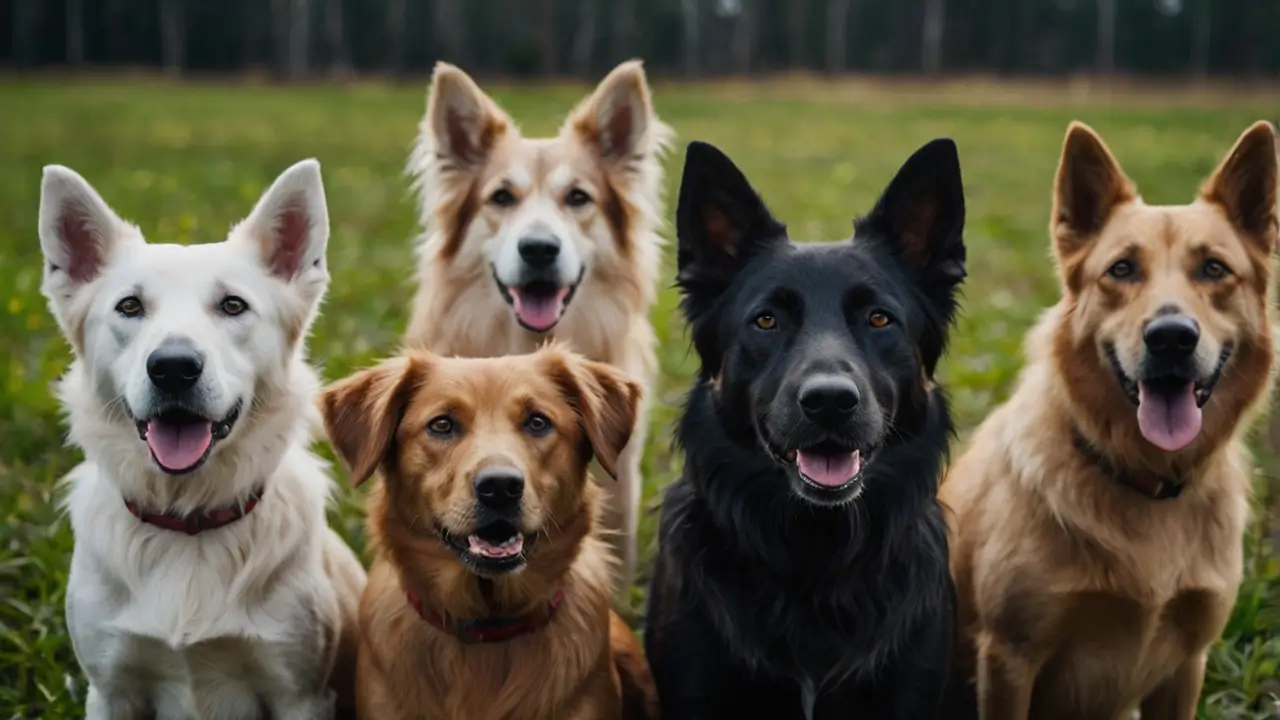Finding trusted Russian blue breeders is the first step toward welcoming a healthy, affectionate cat into your home. This guide provides expert insights, breeder credentials, and essential tips to help you make an informed decision. Whether you are considering a charming blue Russian cat breeders or exploring the local scene. This is your go-to resource.
Understanding the Russian Blue Breed
Russian Blue cats are known for their striking silver-blue coat, green eyes, and elegant frames. The breed stands out due to its gentle demeanor and playful intelligence. People often describe them as loyal, but with an independent streak. Originating from Russia, they have been recognized by cat associations globally, including TICA.
Key Characteristics
- Appearance: Short, dense double coat that shimmers in sunlight.
- Temperament: Quiet, affectionate, alert, and intelligent.
- Health: Generally healthy with a long lifespan (up to 20 years) when cared for properly.
- Care: Minimal grooming, but regular play is essential.
Are you a cat lover? Then you should know about the personality of a tuxedo cat
Why Choose a Professional Russian Blue Breeder?
The right Russian blue breeder ensures kittens are raised with attention to health, temperament, and breed standards. Here’s what professional breeders prioritize:
- Health Screening: They perform genetic tests to avoid common issues.
- Temperament Focus: Breeders emphasize socialization from kittenhood.
- Clean Environment: Kittens are raised in hygienic, loving homes.
- Support: Ongoing guidance for new owners on kitten care and diet.
Choosing a reputable breeder minimizes risks compared to adopting from unknown sources, which may come with health or behavioral issues.
Finding Reputable Russian Blue Cat Breeders
Where to Look
- Breed Associations: Sites like The International Cat Association (TICA) offer breeder listings.
- Breed Clubs: National clubs, such as the Russian Blue Fanciers, often share trusted breeder information.
- Local Referrals: Ask veterinarians or other Russian Blue owners for recommendations.
- Online Forums: Communities like r/russianblue on Reddit offer firsthand breeder experiences.
If you are interested in various cat breeds, then know the tuxedo cat cost here
Evaluating a Breeder
When communicating with a blue Russian breeder, ask:
- Can I visit your cattery?
- Are the parents genetically tested (e.g., PK-deficiency, PRA)?
- What socialization practices are in place?
- Can I have references from past owners?
- What is included in your spay/neuter and vaccination plan?
A professional breeder will welcome these questions and be transparent and supportive.
How to Visit Russian Blue Breeding Facilities
Visiting a breeder’s facility is essential. Make an appointment to tour the space. Look out for:
- Cleanliness & Safety: Whether kittens live in healthy, disease-free environments.
- Socialization Areas: Comfortable spaces where kittens interact with people.
- Parent Cats: Their temperaments reflect breeding quality.
- Health Records: Ensure access to vaccination, microchip, and veterinary records.
- Contract Clarity: Read the health guarantee, return policy, and spay/neuter terms.
Are you interested in celebrity cats? Then explore Taylor Swift’s ragdoll cat, Benjamin Button
Costs and Health Considerations
Typical Costs
- Adoption Fee: $800–$1,500 depending on pedigree and breeder reputation.
- Health Screenings: Genetic and routine tests can add $200–$500.
- Initial Care Kit: Food, vaccinations, spay/neuter, and microchip add $300–$600.
Expect Health Testing
Look for breeders who perform:
- PK Deficiency Screening
- Hereditary PRA Testing
- General Wellness Exams
A quality breeder prioritizing these screenings offers peace of mind and long-term savings.
Bringing Home Your Russian Blue Kitten
Preparing Your Home
- Stock up on essentials: litter box, scratching post, cat tree, toys.
- Choose high-quality food. See our guide to the best dry cat food for tips.
- Schedule a vet appointment within the first week of bringing your kitten home.
First Weeks at Home
- Safe Room: A quiet area helps reduce stress.
- Routine Building: Regular feeding, play, and rest times support adjustment.
- Social Bonding: Gentle handling encourages trust and attachment.
- Litter Training: Most kittens adapt quickly to a clean box.
Daily Care and Nutrition
Grooming
Minimal brushing prevents hairballs and highlights their shimmering fur.
Diet
Balanced nutrition is vital. Choose vet-recommended food and include puzzles or interactive feeders.
Activity
They enjoy toys, puzzles, and gentle play. Provide climbing structures and interactive sessions to satisfy their curious nature.
Understanding Blue Russian Breeders
Not all breeders are equal. A blue Russian cat breeders focuses on essential breed-specific traits:
- Coat Quality
- Eye Color
- Health Risk Reduction
- Temperament and Socialization
A breeder who prioritizes show standards and health benefits both you and the breed as a whole.
Russian Blue Breeders: Adopting or Buying: Ethical Considerations
Avoiding Puppy Mills
Stay away from mass breeders with questionable practices. If contacted with multiple litters available at once, it’s likely not reputable.
Adoption Alternative
Consider rescues specializing in Russian Blue cats. While purebreds are rare, it supports ethical pet ownership and gives a cat a loving home.
Russian Blue Breeders: Connecting with Russian Blue Communities
Build your knowledge through:
- Breed Clubs: Regional and national groups offer meetups and advice.
- Online Forums: Communities like r/russianblue on Reddit.
- Veterinarians: Choose vets experienced with Russian Blue health needs.
Russian Blue Breeders: Real-Life Success Stories
Example 1: Redefining Expectations
A Reddit user shared:
“My Russian Blue breeder was extremely helpful throughout the process. The kitten arrived well-socialized and with full health documentation.”
Example 2: Lifelong Companionship
Emily in Texas wrote on a breed forum that her blue Russian, “Artemis,” quickly bonded. Proving the importance of a loving breeder-family fit.
Russian Blue Breeders: Red Flags to Watch Out For
- No opportunity to visit.
- Incomplete documentation.
- Multiple litters are always available.
- No guarantee or support.
- Poor communication.
Russian Blue Breeders: Before Decision, Consider Your Fit
Ask yourself:
- Can I provide the attention and environment they need?
- Is this breeder reputable?
- Can I care for a long-lived pet?
- Are expenses manageable, including health screenings and daily care?
Final Thoughts on Russian Blue Breeders
Welcoming a Russian Blue cat from a trusted breeder brings joy, loyalty, and long-term companionship. With proper research, vetting, and preparation, you will find a feline friend who thrives in a loving home.
Thoroughly investigate Russian blue breeders, focus on ethical, health-conscious practices, and embrace their gentle yet spirited nature. Take the time, ask the right questions, and welcome into your life a delightful blue Russian companion.
Welcoming a Russian Blue cat into your home is a rewarding journey. With emotional connection, responsibility, and proper preparation, you will enjoy years of companionship, laughter, and love. Leap and begin your journey with confidence today.
FAQs
1. How can I verify a Russian Blue breeders credentials?
Check for membership in cat associations (e.g., TICA). Request proof of genetic health screenings, visit the cattery. Ask for two or more references from previous buyers.
2. Are Russian Blue cats good with other pets?
Russian Blues are adaptable by nature and usually get along well with other cats. With proper slow introductions, many can coexist peacefully with dogs.
3. What health issues are Russian Blue cats prone to?
They are generally healthy. But can occasionally face genetic conditions like PK deficiency or PRA. Breeders who perform genetic testing reduce these risks significantly.
4. How much does it cost to buy a Russian Blue from a breeder?
Adoption fees range from $800 to $1,500, depending on pedigree and breeder reputation. Expect around $200–$500 for health testing and additional costs for initial care.
5. What’s the best way to socialize a Russian Blue kitten?
Handle your kitten gently from day one. Introduce them to various household sounds and people. Offer playtime and positive reinforcement to build confidence and trust.








